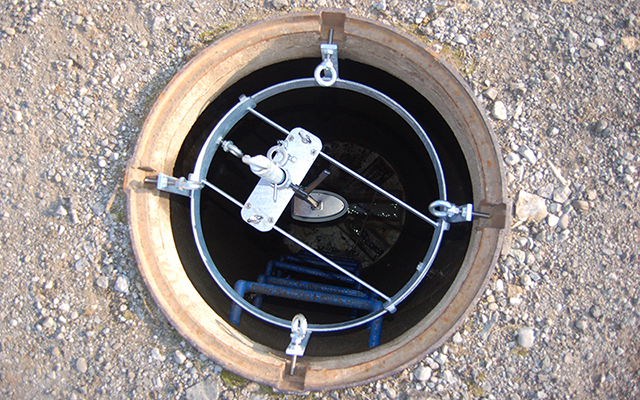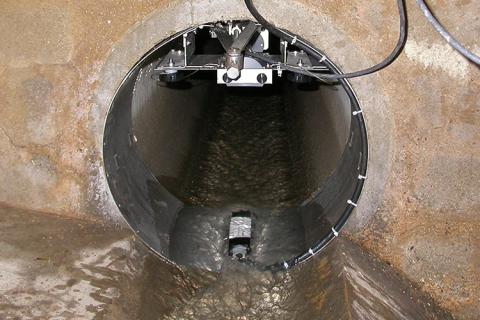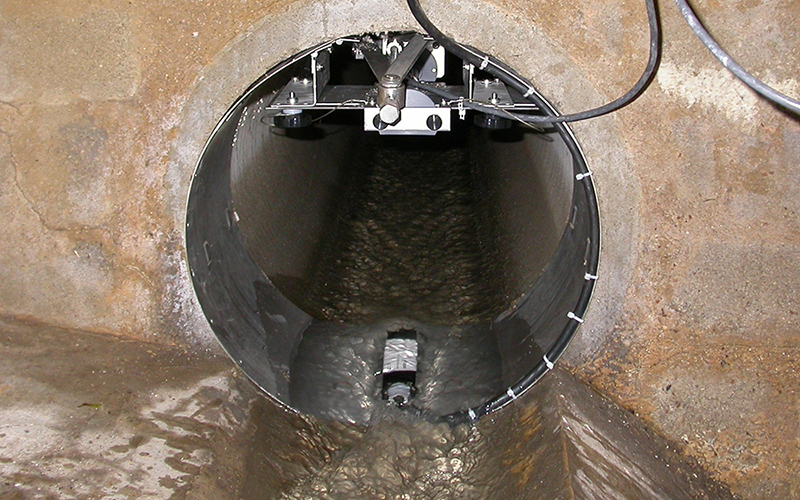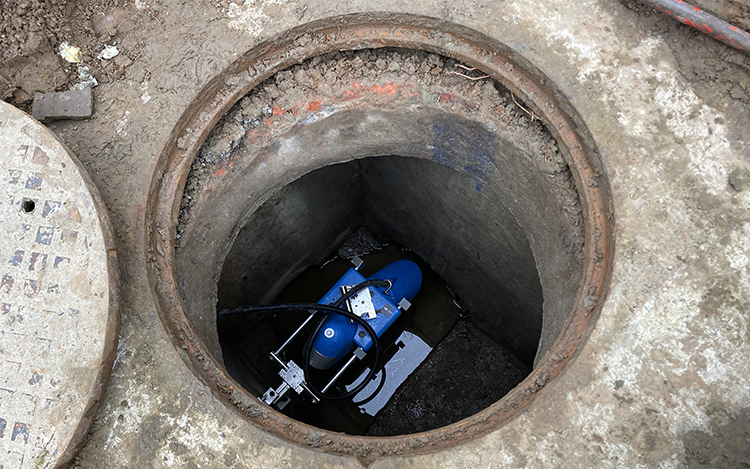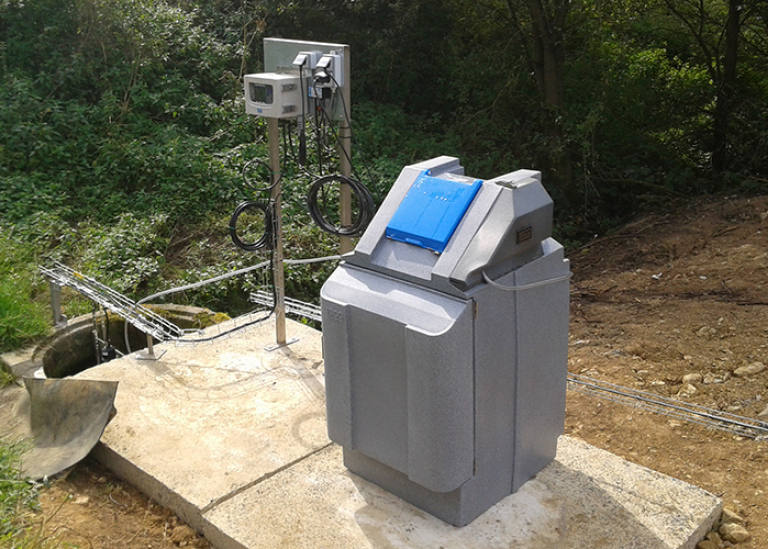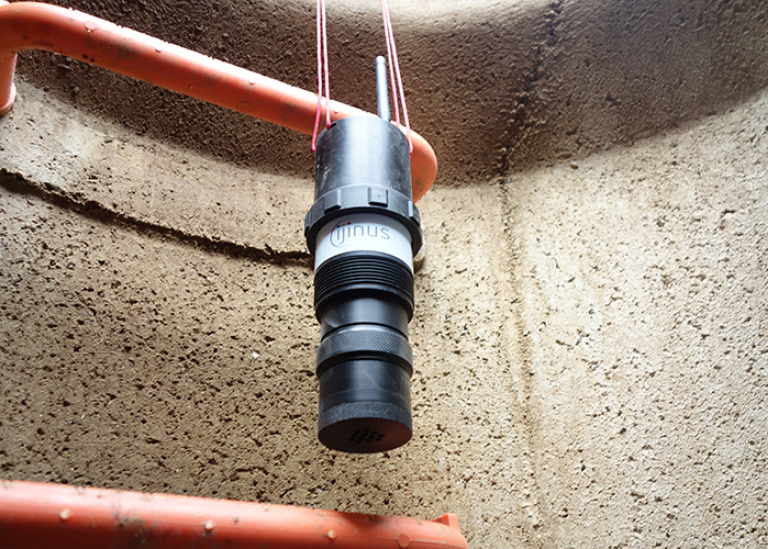Sewerage network

The sewage system collects wastewater and transports it to the water treatment plants. It’s purified there prior to being discharged. In the management and design of sewerage networks, it is important to identify the wastewater volumes and pollutant loads.
Flow rate, level & overflow
In order to monitor and report the discharged wastewater flow rate, a flow measurement is required. The method of measurement depends on the water level, the number of suspended particles in the water, the formation of foam and other factors that prevent an accurate measurement.
The three popular measurement techniques in sewers are: Doppler, radar and laser. The operating principles of these measurements are described in detail on the flow measurement solution page. The different techniques have their own advantages and disadvantages and therefore their own field of application. We’re happy to help you determine what will give you the desired result.
Level measurements, whether or not in combination with flow measurements, are carried out with an ultrasonic sensor. The autonomy and compactness of the sensor is a great asset in sewer applications. Data logging without an external modem also contributes to this. Both level and flow measurements can be used to monitor overflows.
Water quality
Water quality can be monitored both by sampling and in-situ. Sampling can be carried out by means of a variety of devices. This is described in detail on the sampling solution page. These samples, also known as specimens, are then analysed in a laboratory at a later date. The sampling can also be event-based. This way, irregularities can be investigated in detail.
The in-situ measurements give a more direct picture of the water quality. However, the conditions in a sewer are not optimal, so the "pain points" in the measurement must always be examined carefully. We’re happy to offer our expertise to help with this.
H2S detection
H2S gas formation is not only a danger to people, but also to the infrastructure. It can lead to corrosion of metal and concrete and also cause odour problems. These H2S concentrations must be monitored so that the formation of H2S can be prevented, e.g. by dosing chemicals. These devices are highly mobile and autonomous, which is an added advantage.
More information?


